How High Should You Install Your Solar Yard Lights?
Solar yard lights are a fantastic way to brighten up your outdoor space without jacking up your electricity bill. But once you’ve got your shiny new lights, one question often pops up: how high should I install them? Getting the height right can make or break their performance, whether you’re lighting up a garden path or making your driveway feel like a runway. Let’s break it down with practical tips, real-world examples, and some straightforward advice to help you nail the perfect setup.
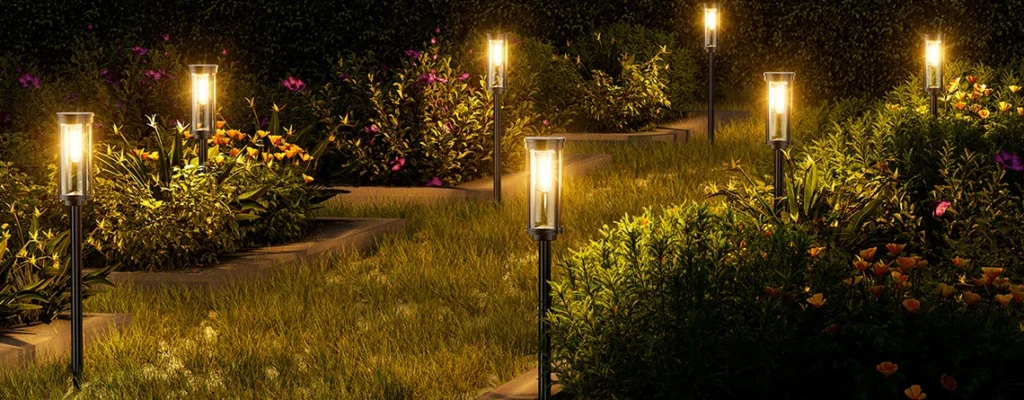
Why Height Matters for Solar Yard Lights
The height at which you install your solar yard lights directly affects how well they illuminate your space. Too high, and the light might spread too thin, leaving your yard dim and underwhelming. Too low, and you’re stuck with a small, overly bright patch that doesn’t cover enough ground. The goal is to find a sweet spot where the light’s range and brightness work in harmony. Factors like the light’s wattage, lens design, and the area you want to cover all play a role. For most solar yard lights, height determines whether you’re creating a cozy glow or a spotlight effect.
Best Heights for Common Outdoor Scenarios
Different parts of your yard have different needs, and the right installation height depends on what you’re trying to achieve. Here’s a quick rundown of common setups and the heights that work best:
- Garden Paths: For narrow walkways, a height of 1–1.5 meters (3–5 feet) is ideal. This keeps the light focused on the path, guiding footsteps without blinding anyone. Low-profile solar yard lights at this height create a welcoming vibe while ensuring safety.
- Lawns or Open Spaces: If you’re lighting up a grassy area or flowerbed, aim for 1.5–2 meters (5–6.5 feet). This height allows the light to spread wider, highlighting plants or features without leaving dark corners.
- Driveways or Entrances: For larger areas like driveways, go for 2–2.5 meters (6.5–8 feet). Taller installations ensure broader coverage, making it easier to navigate or spot your car at night.
These ranges are a starting point. Your specific solar yard light model and the area’s layout might call for slight tweaks.
Balancing Height to Avoid Common Pitfalls
Getting the height wrong can lead to some annoying issues. Here’s how to dodge the most common mistakes:
- Too High: Mounting solar yard lights above 3 meters (10 feet) often causes the light to scatter too much. You’ll lose brightness, and the area might feel underlit, especially with lower-wattage models. For example, a 10W solar light at 4 meters might barely light up a 5-square-meter area effectively.
- Too Low: Installing below 1 meter (3 feet) can create harsh, concentrated beams that don’t cover enough ground. This might work for accent lighting but fails for functional illumination, like guiding guests along a path.
- Quick Fix: Test your lights at different heights before locking them in. Most solar yard lights are easy to adjust, so experiment over a few nights to see what feels right. Check the manufacturer’s specs for recommended heights, too—they often know their product best.
The key is to match the height to your light’s output and the area’s purpose. A bit of trial and error goes a long way.
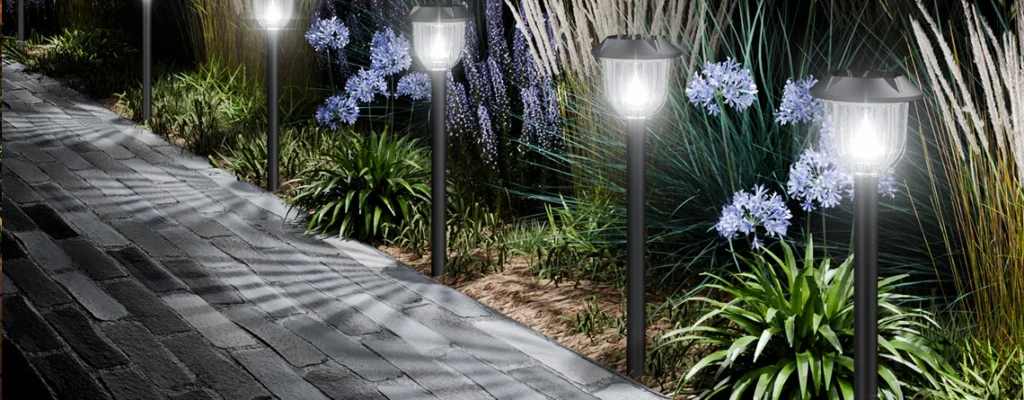
Real-World Examples: How Height Changes the Game
To give you a clearer picture, let’s look at how different installation heights worked out for three homeowners using similar 15W solar yard lights:
- 1.2 Meters (4 Feet): Sarah wanted to light up her garden path. She installed her lights at 1.2 meters, which cast a soft, focused glow about 2 meters wide. It was perfect for guiding guests to her front door, but the light didn’t reach the flowerbeds nearby. Takeaway: Great for narrow paths but limited for broader areas.
- 1.8 Meters (6 Feet): John set his lights at 1.8 meters to illuminate his backyard lawn. The height allowed the light to spread over a 4-meter radius, making his patio area feel inviting during evening barbecues. However, the edges of the lawn were a bit dimmer than he’d hoped. Takeaway: A solid choice for medium-sized open spaces, but stronger lights might be needed for larger yards.
- 2 Meters (6.5 Feet): Maria mounted her lights at 2 meters along her driveway. The wider spread covered the entire width of the driveway, making it easy to park at night. However, she noticed some light spillage onto her neighbor’s yard, which wasn’t ideal. Takeaway: Perfect for wide areas like driveways, but consider angling the lights to avoid overspill.
These examples show how small height adjustments can make a big difference. Testing your solar yard lights at different heights can help you find what works for your space.
Tips for Fine-Tuning Your Setup
To get the most out of your solar yard lights, keep these practical pointers in mind:
- Check the Angle: Adjust the light’s angle to focus the beam where you need it most. Tilting downward slightly can prevent light from scattering too far.
- Consider Shadows: Trees, fences, or walls can cast shadows that mess with your lighting. Walk around at night to spot any dark patches and adjust the height or position accordingly.
- Match Light Output: Brighter solar yard lights (e.g., 20W or higher) can handle taller installations, while lower-wattage models (5–10W) work better closer to the ground.
- Think About Spacing: The distance between lights matters as much as height. Space them 2–3 meters apart for paths and 4–5 meters for open areas to avoid gaps or overlap.
Taking a little time to experiment with these factors can transform your yard’s nighttime vibe.
Wrapping It Up: Finding Your Ideal Height
There’s no one-size-fits-all answer for the perfect solar yard light height, but 1.5–2 meters (5–6.5 feet) is a reliable range for most homes. It strikes a balance between coverage and brightness, whether you’re lighting a cozy garden path or a sprawling driveway. Start with this range, then tweak based on your yard’s layout, the light’s power, and what you’re trying to achieve. Don’t be afraid to test different heights—it’s the best way to see what works. With a bit of patience, your solar yard lights will not only look great but also make your outdoor space safer and more inviting.


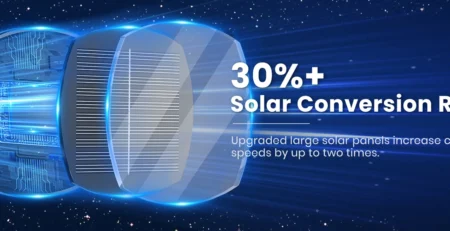
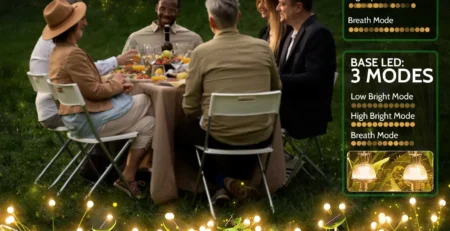
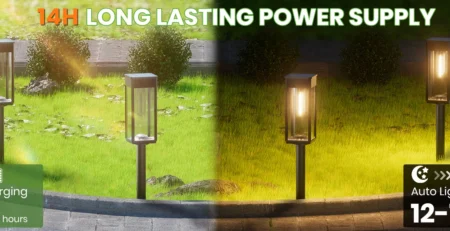

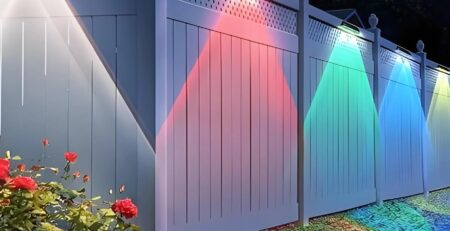
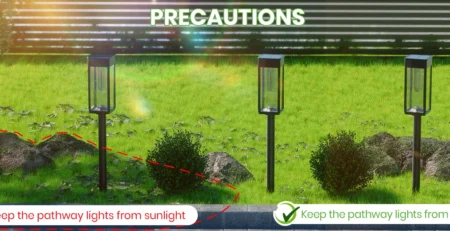
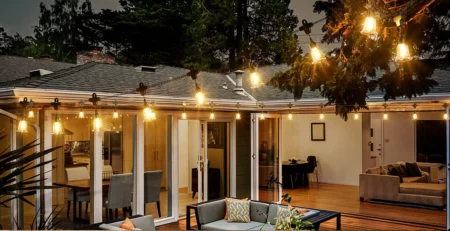
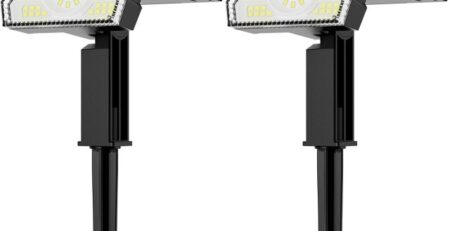
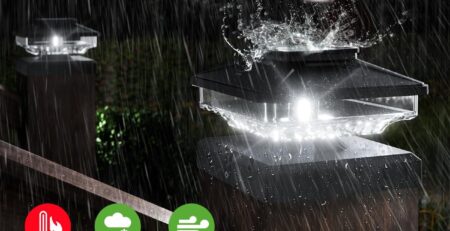
Leave a Reply